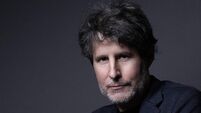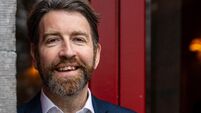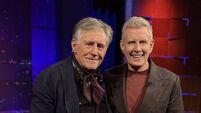Book extract: A British officer killed and an Irish city destroyed in a act of vengeance
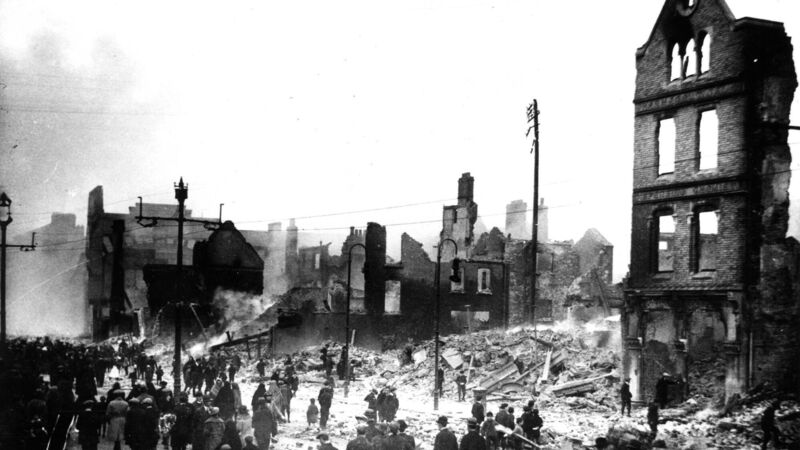
The burning of Cork on December 11, 1920: An IRA ambush of an Auxillary patrol just outside their barracks in Cork City led to the death of an officer. That same night, British forces went on a rampage, setting fire to businesses in the city centre. Some 57 buildings were ‘destroyed’ and many others damaged.
- An Accidental Villain: Sir Hugh Tudor, Churchill’s Enforcer in Revolutionary Ireland
- Linden MacIntyre
- Merrion Press, €19.99
On December 11, 1920, the day after the official declaration of martial law, the IRA ambushed another Auxiliary patrol, this one just outside their barracks in Cork City.
An officer was killed and several were wounded. So soon after Kilmichael, it was a provocation that was guaranteed to generate reprisals.
Just hours after the attack on the patrol, Auxiliary police and Black and Tans swarmed through downtown Cork, and soon the commercial centre of the city was ablaze.
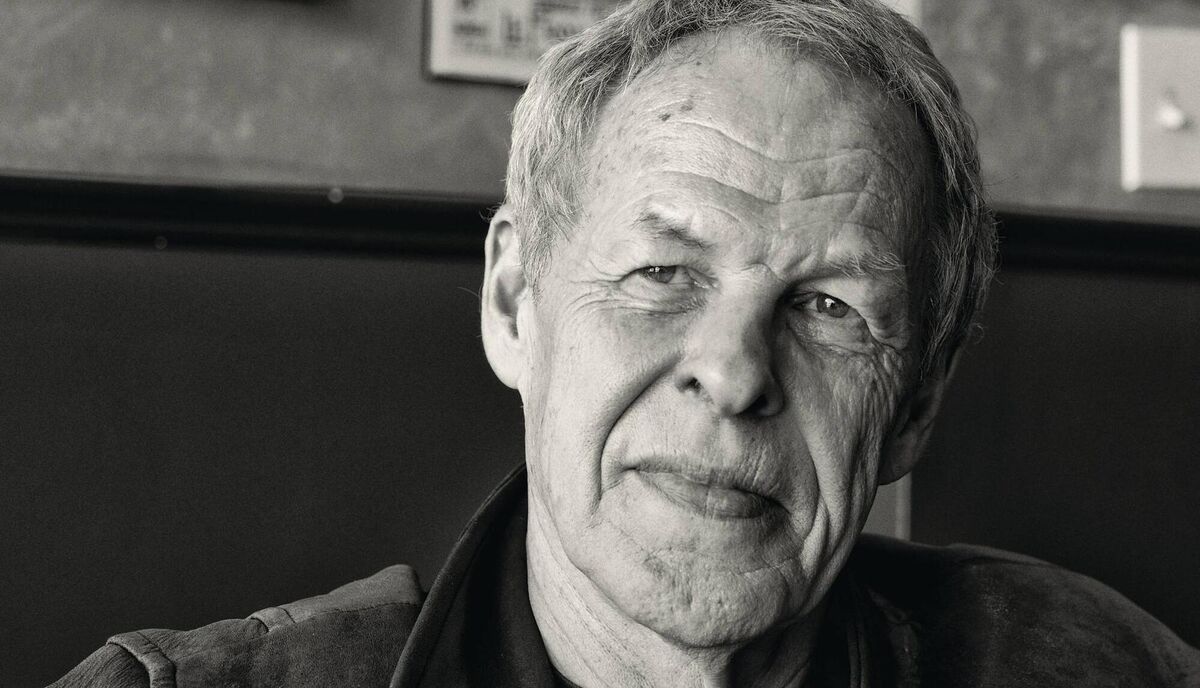
Tudor shot back that, according to former military officers now serving in the RIC, discipline on the police force was “stricter than the army”.
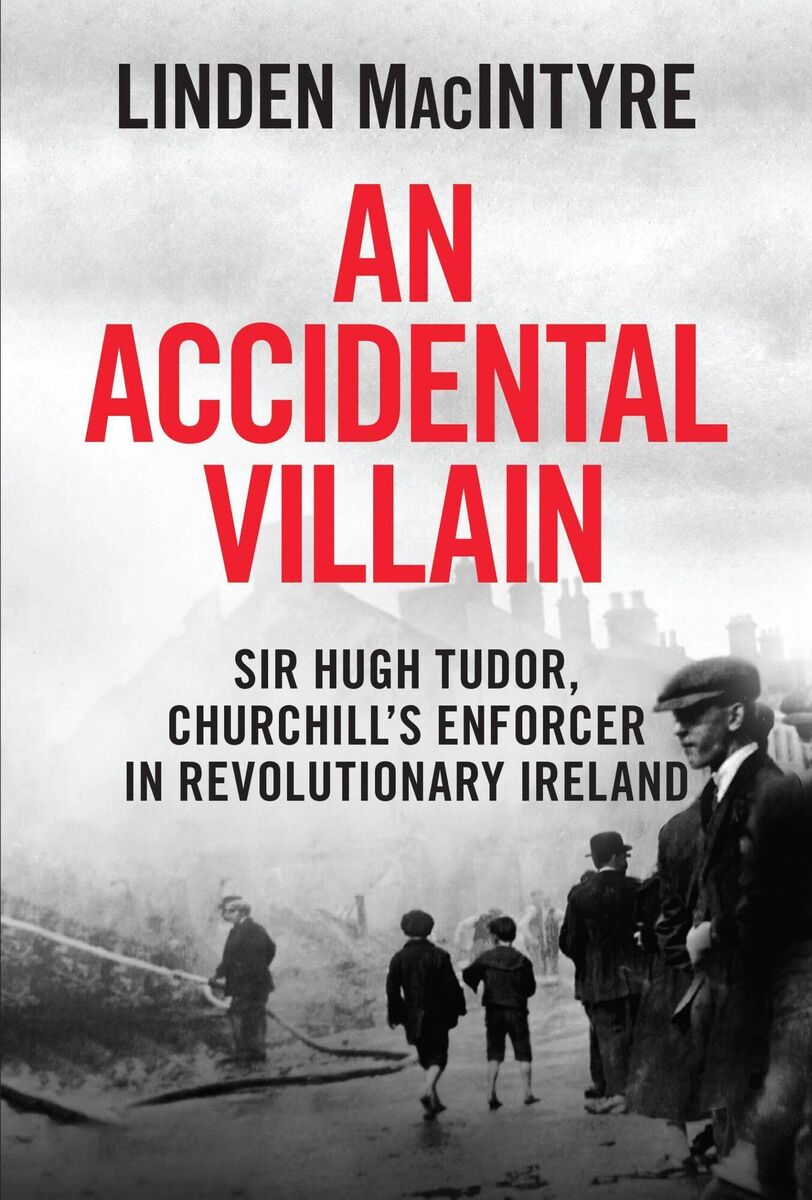
Even more politically sensitive was the murder of a 73-year-old priest by a drunk Auxiliary on a roadside in Dunmanway.
BOOKS & MORE
Check out our Books Hub where you will find the latest news, reviews, features, opinions and analysis on all things books from the Irish Examiner's team of specialist writers, columnists and contributors.
